Meteorites: Giant 7.6kg space rock found in Antarctica
- Published
- comments
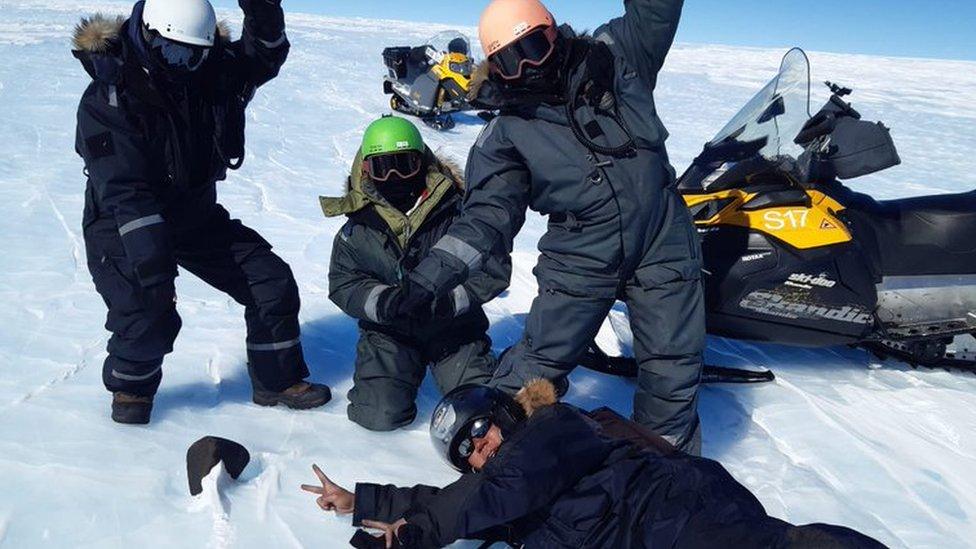
The team posed next to their exciting find
A hugely important meteorite has been found by researchers in Antarctica.
The 7.6kg rock contains some of the oldest materials in the solar system - it most likely comes from the asteroid belt between Mars and Jupiter.
It's quite common for asteroids to be found in Antarctica - over 45,000 have been discovered in the past 100 years.
Maria Valdes, a scientist from the team that discovered it, said it was "rare and really exciting".
Know your meteors from your asteroids? Try our SPACE quiz further down the page!
The team's discovery
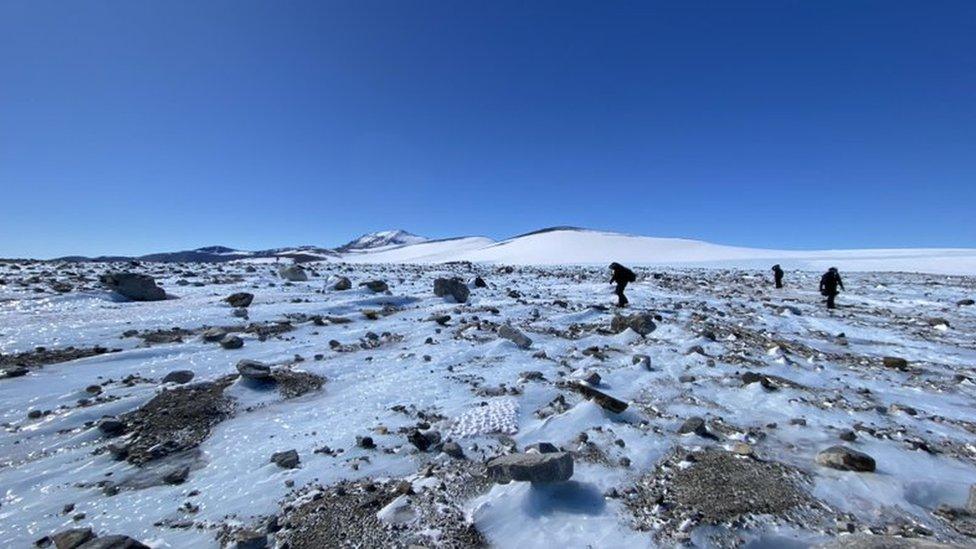
Antarctica is a popular spot for finding meteorites
Using special satellite data and tools, the research team managed to find out where meteorites were likely to be in Antarctica.
It's quite a common place for asteroids - not because more land there - but because the cold and dry weather helps preserve the rocks.
Asteroid - big lumps of rock floating in space
Meteoroid - a smaller bit of rock that breaks off an asteroid
Meteor - as a meteoroid enters the Earth's atmosphere it burns up - like a shooting star - and is called a meteor
Meteorite - if any rock survived that burn up, and lands on Earth, it's called a meteorite
Also when glaciers melt, re-freeze and move, they often bring up old rocks from under the surface - including meteorites.
Scientist Maria Valdes says despite it being so exciting to find a bigger one, "even tiny meteorites can be incredibly scientifically valuable".
Meteorites or micro-meteorites?
Whilst it's pretty normal to find a meteorite in Antarctica, they're usually not this big.
The scientists who found it say it is about the size of a bowling ball.
Most of the ones that are found are called micro-meteorites - weighing no more than a few hundred grams.
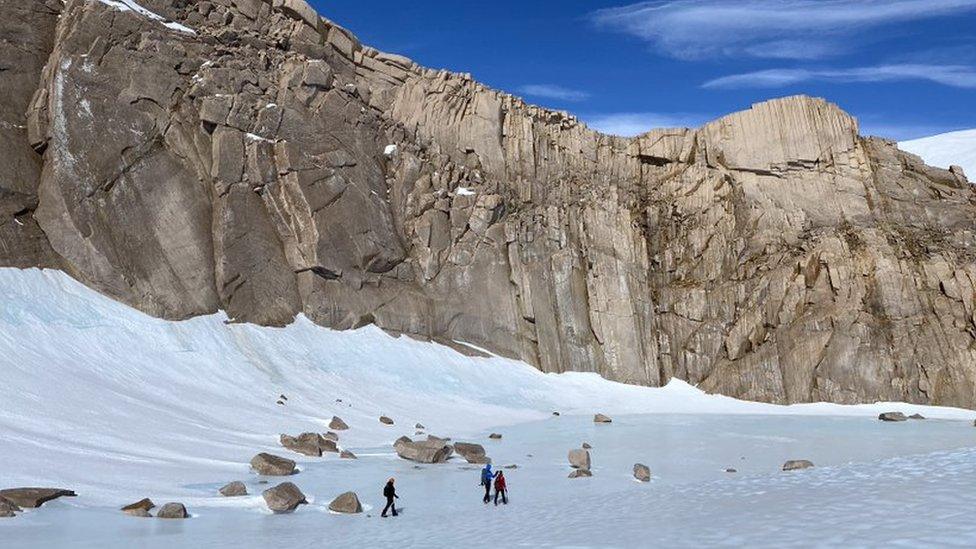
The team have been exploring Antarctica and using exciting technology to search for the history of the solar system
So you can see why the team were excited to find something so big.
The rock is now being studied in a lab in Belgium, where the scientists will try find out more about where it came from and what it's made of.
A relic from the early solar system
The team think the meteorite came from the asteroid belt between Mars and Jupiter.
It's made from a special material called chondrite - which most meteorites on Earth are made of - which is some of the oldest material in the solar system.
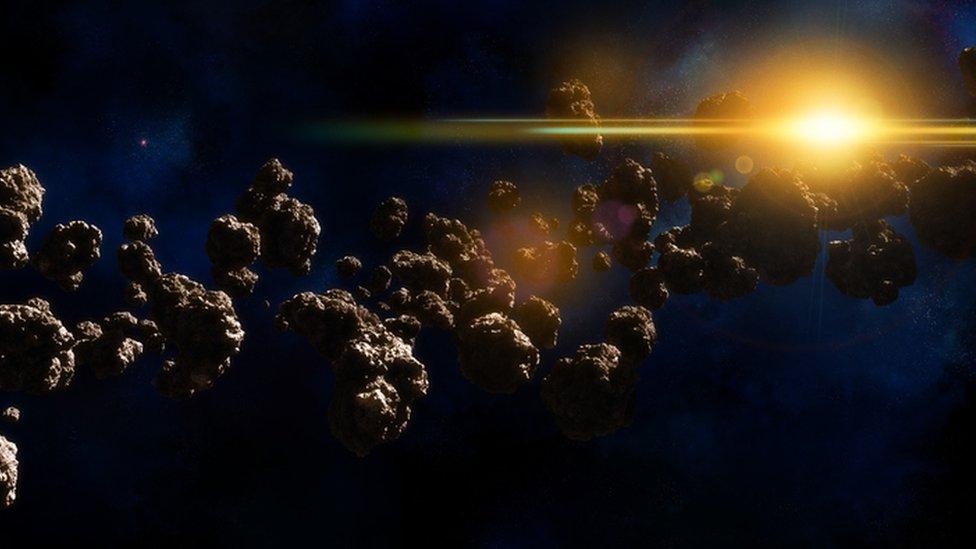
An asteroid belt is a large area in space made up of lots of different asteroids - we can learn so much about the history of the solar system from them
Chondrite is over 4.6 billion years old, and when the earth in the early stages of its life, scientists think chondrite meteorites containing water, sulphur and other minerals landed on Earth.
Experts thing they were part of creating the Earth's atmosphere, and helped lead to life on this planet!
- Published28 January 2023
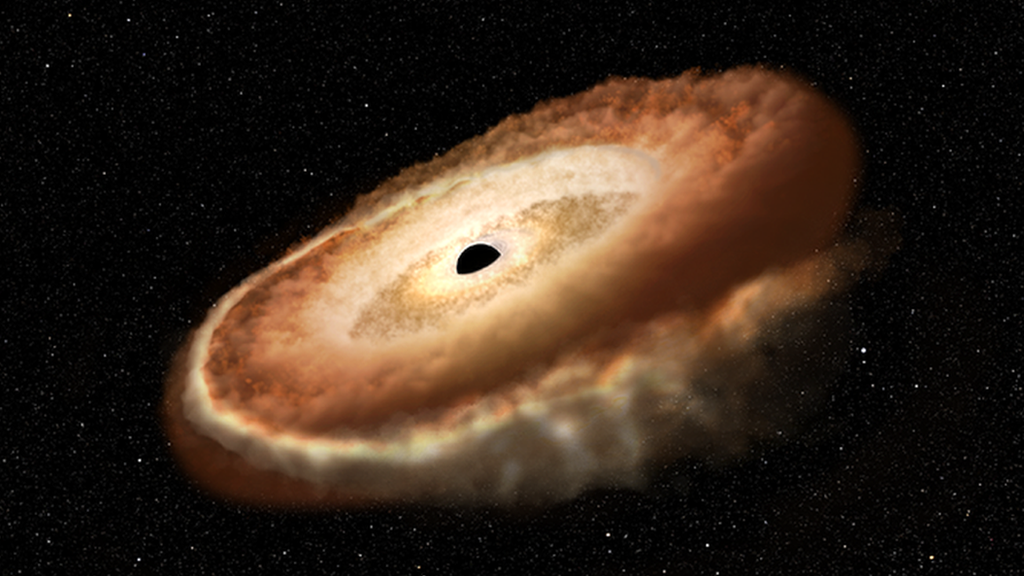
- Published30 January 2023

